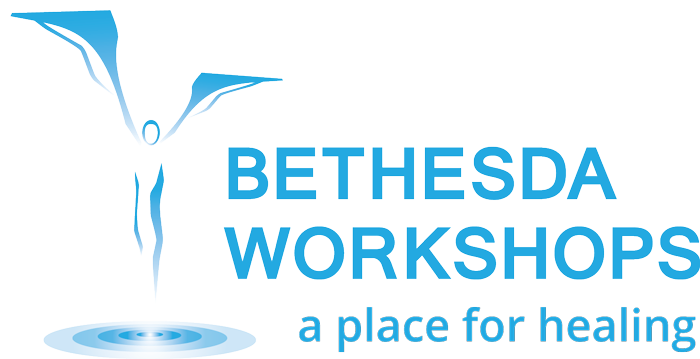So much of life is automatic. There’s something to be said about just going through the motions. It greatly simplifies daily living when you don’t have to think through every next step. Sometimes it’s fine to do what you’ve always done, because it works to get what you’ve always gotten.
Like brushing your teeth, for example. Our little grandsons have an app that teaches them how to brush their teeth and times them while they brush. It’s interesting to see that process broken down into very small steps and to watch them carefully sequence through each one. Most of us don’t have to pay attention to the process of brushing our teeth.
Other automatic things are habits, like how you fold the towels or where an item “lives.” For almost 23 years since we moved into our current house, David and I have shared a small master bathroom with very limited counter space. For all of that time the toothpaste has lived in the right drawer, until I recently bought a brand that stands upright on its top. When I got it home I discovered the bigger tube won’t easily fit into the small drawer, so now my toothpaste is on the counter to the left of the sink.
It’s been almost a month since I made this small change in my routine, and every time I’m surprised when I automatically open the right-hand drawer when I reach for my toothpaste. (Yes, still.) The brain and the power of muscle memory are fascinating.
Some ingrained behaviors are much less benign. And too often the problematic things are as intractably automatic as reaching in the wrong place for the toothpaste. Instead of consciously, thoughtfully responding to a situation, I’m prone to reacting instinctively. Unfortunately, my mindless reactions are largely driven by trauma that happened half a century ago, and my limbic brain spontaneously matches the current situation with an over-the-top reaction that might have been necessary in the past.
People fail to respond helpfully when I’m trying to navigate a complicated and confusing situation? “No one will help me and I have to figure it out by myself!” my brain screams. I’m feeling overwhelmed with what I think lies ahead? “You don’t have what it takes,” says my you-can’t-ask-for-help young self. Life feels chaotic? “You better control as much as you can!” shrieks my anxious amygdala.
Although I’m often convinced I am terminally unique, my clinical training and observation of life (and years in a 12 Step program) assures me I’m not alone in these reactions. I hate to be the bearer of bad news, but you do it, too.
Someone shares an opinion you strongly disagree with? “I don’t want to talk to you anymore” (or read what you write). Your partner speaks with intensity? “You’re raging at me [just like my dad or whoever]. A tough situation is staring you in the face? “I’m not going to deal with this and am zoning out now.” Feeling angry? You get aggressive. Lonely or afraid? You act out in some way.
The good news is that you don’t have to stay captive to your automatic brain. When you become aware that reaching for the toothpaste only connects you with an old solution that no longer works, you can learn a different response.
Stop, breathe and move around to disengage your automatic brain responses. Reach out to safe people who have learned a better way. Try going vertical, which means asking God for help. If you keep practicing a different response, your automatic brain will create new pathways that lead to better solutions.
It’s one of the ways you become a “new creation” as scripture promises (2 Cor. 5:17) where the “old has passed away and all things have become new.”
Marnie C. Ferree
